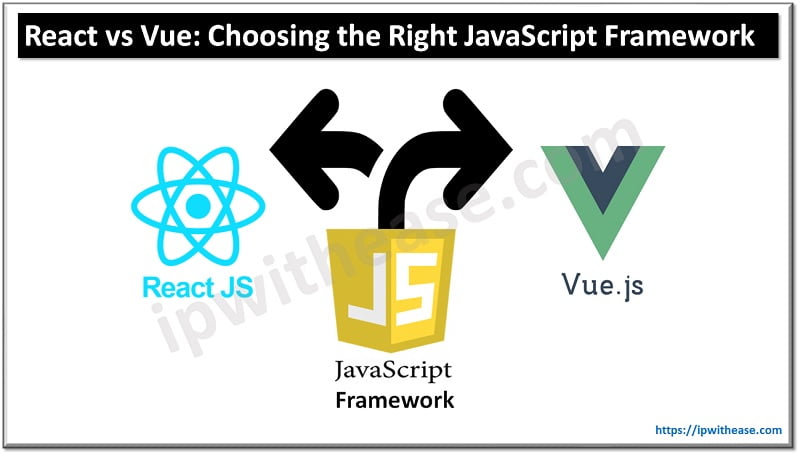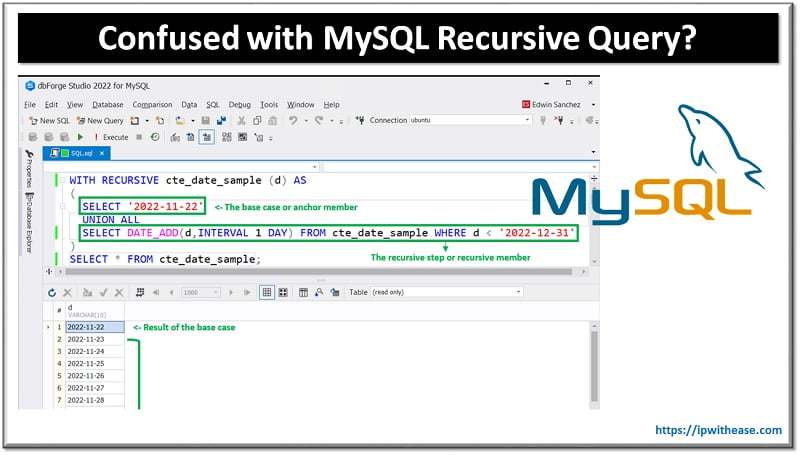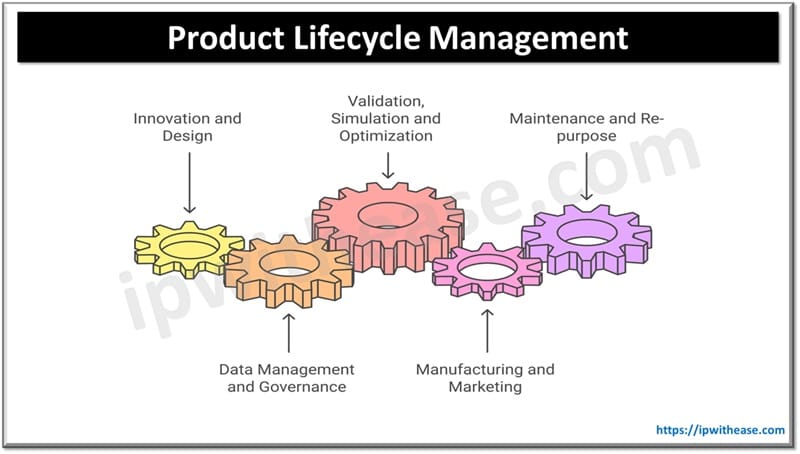Table of Contents:
Whether you’re an entrepreneur looking to build a dynamic web application for your business, or a developer aiming to maximize your project’s performance, choosing the right JavaScript framework is a critical decision. In this context, we’re comparing two popular choices: React and Vue. You’ll find an in-depth analysis that delves deeper into the vue vs react debate, and this article aims to further elucidate the performance differences between the two.

Key Considerations: React vs Vue
Rendering Speed
The rendering speed of a JavaScript framework is a crucial aspect to consider. Both React and Vue are excellent choices in this regard because they leverage the power of a virtual DOM. This allows for efficient updating and rendering of components, improving the overall speed and responsiveness of web applications.
- In numerous benchmark tests, Vue consistently outperforms React in terms of rendering speed. Vue’s more straightforward reactivity system can automatically track dependencies during render, resulting in fewer and more precise component re-renders. This streamlined process results in faster rendering speed, making Vue an excellent choice for highly interactive applications with frequent updates.
- React, on the other hand, offers a comprehensive suite of lifecycle methods that allow developers to control precisely when and how components are updated. While this can result in a steeper learning curve, it also provides the flexibility to optimize component re-rendering and achieve impressive rendering speeds.
In competitive digital markets like the United States, even incremental improvements in rendering speed can lead to a better user experience and improved business outcomes. Therefore, understanding and optimizing the rendering performance of your chosen framework is paramount.
Memory Usage
Memory usage is another performance factor to consider when comparing React and Vue. A JavaScript framework that uses less memory is typically more efficient and can provide a smoother user experience, especially on devices with limited resources.
- React’s virtual DOM implementation tends to be slightly more memory-intensive due to its diffing algorithm and the way it handles component updates. However, this does not necessarily translate to slower performance, as React’s architecture also allows for effective memory management and garbage collection.
- Vue, on the other hand, is known for its lean and efficient design. Its lightweight virtual DOM and automatic dependency tracking lead to less memory usage. This can result in a smoother user experience, particularly in resource-constrained environments.
Ultimately, while both frameworks handle memory efficiently, Vue’s lightweight design often gives it an edge in terms of memory usage. For businesses in regions like the United States, where users may be accessing applications from a variety of devices, this can contribute to a more universally smooth user experience.
Load Times
Load times directly affect user engagement and satisfaction. Both React and Vue are designed to provide fast, efficient load times, but there are some differences to note.
- React’s load times are generally quite good, thanks to its virtual DOM and the ability to only update components that have changed. However, React apps can sometimes be larger in size due to the need to include the entire React library, even if only a subset is used. This can result in slightly longer load times, especially for larger applications.
- Vue, in contrast, benefits from a smaller bundle size, which can result in faster load times. Vue’s asynchronous rendering also allows for more efficient updates, reducing blocking and leading to smoother rendering.
In highly connected regions like the United States, where high-speed internet is commonplace, load times may not seem as critical. However, faster load times can still significantly impact the user experience and conversion rates, making this a crucial performance consideration.
Optimization Techniques
When it comes to optimization techniques, both React and Vue offer robust options to developers.
- React, for instance, provides features like lazy loading and code splitting out of the box. These features allow developers to only load the components necessary for the current view, reducing the initial load time and improving the user experience.
- React also supports the use of shouldComponentUpdate and PureComponent to prevent unnecessary re-renders.
- Additionally, React’s Context API allows for efficient state management and can further enhance performance. According to Facebook’s official React documentation, carefully tuning and optimizing these features can lead to substantial performance improvements.
- Vue, on the other hand, also supports lazy loading and code splitting, but includes additional performance enhancements like async components and server-side rendering. Vue’s automatic dependency tracking can also prevent unnecessary re-renders, leading to more efficient updates and faster rendering.
Final Words
In conclusion, both React and Vue offer robust solutions for building performant web applications. Vue tends to shine in terms of memory usage and load times, thanks to its lightweight design. React, while slightly more memory-intensive, offers a wealth of optimization features that can help developers fine-tune their applications’ performance.
Choosing the right framework ultimately depends on your specific needs and the performance characteristics that are most important to you or your business. Whether you choose React or Vue, both frameworks are capable of powering high-performance applications that can meet the demands of users in the United States and beyond.
Continue Reading:
Why Choose Angular? JavaScript Framework
Introduction to JSON (JavaScript Object Notation)
ABOUT THE AUTHOR
IPwithease is aimed at sharing knowledge across varied domains like Network, Security, Virtualization, Software, Wireless, etc.



